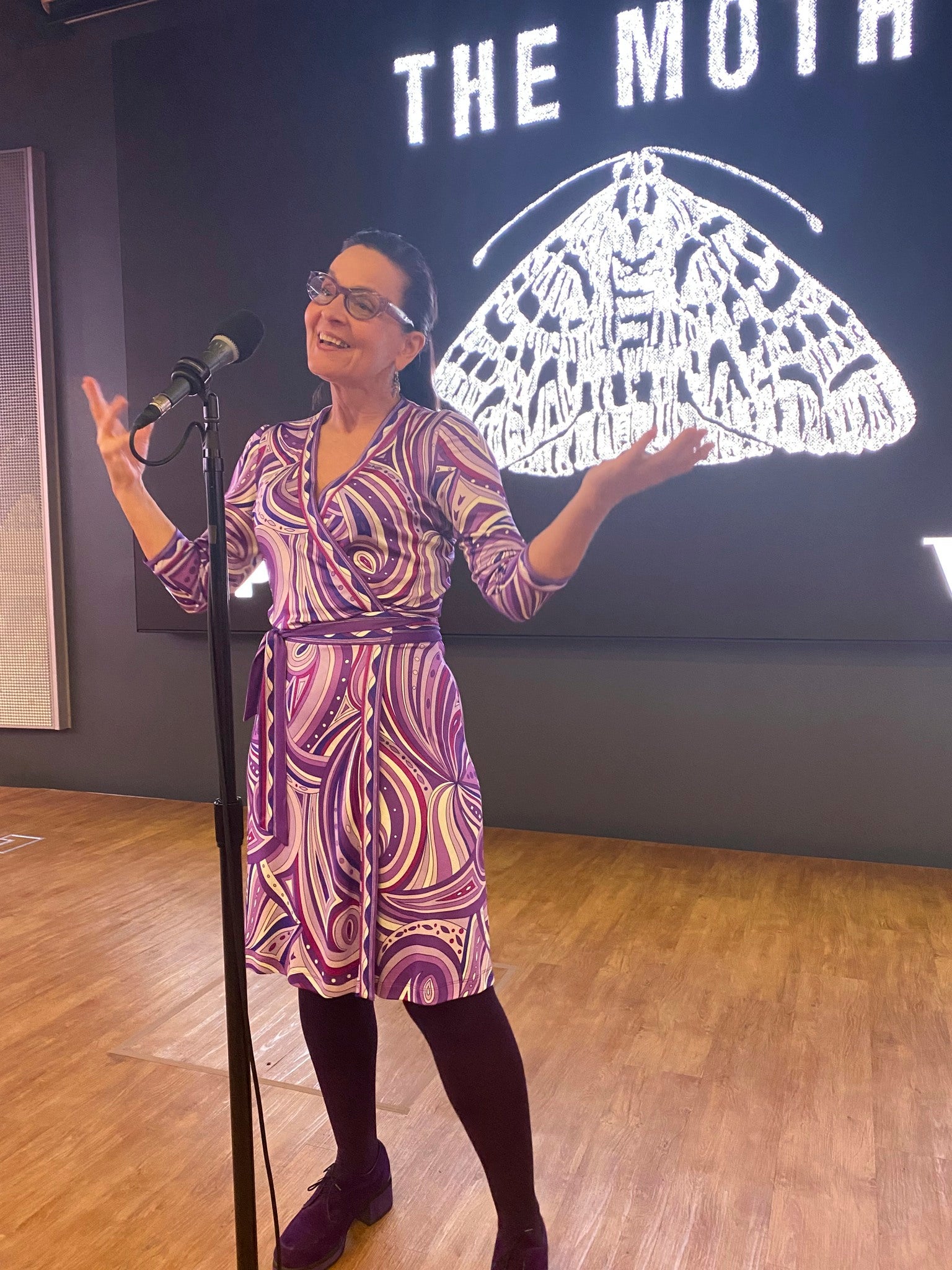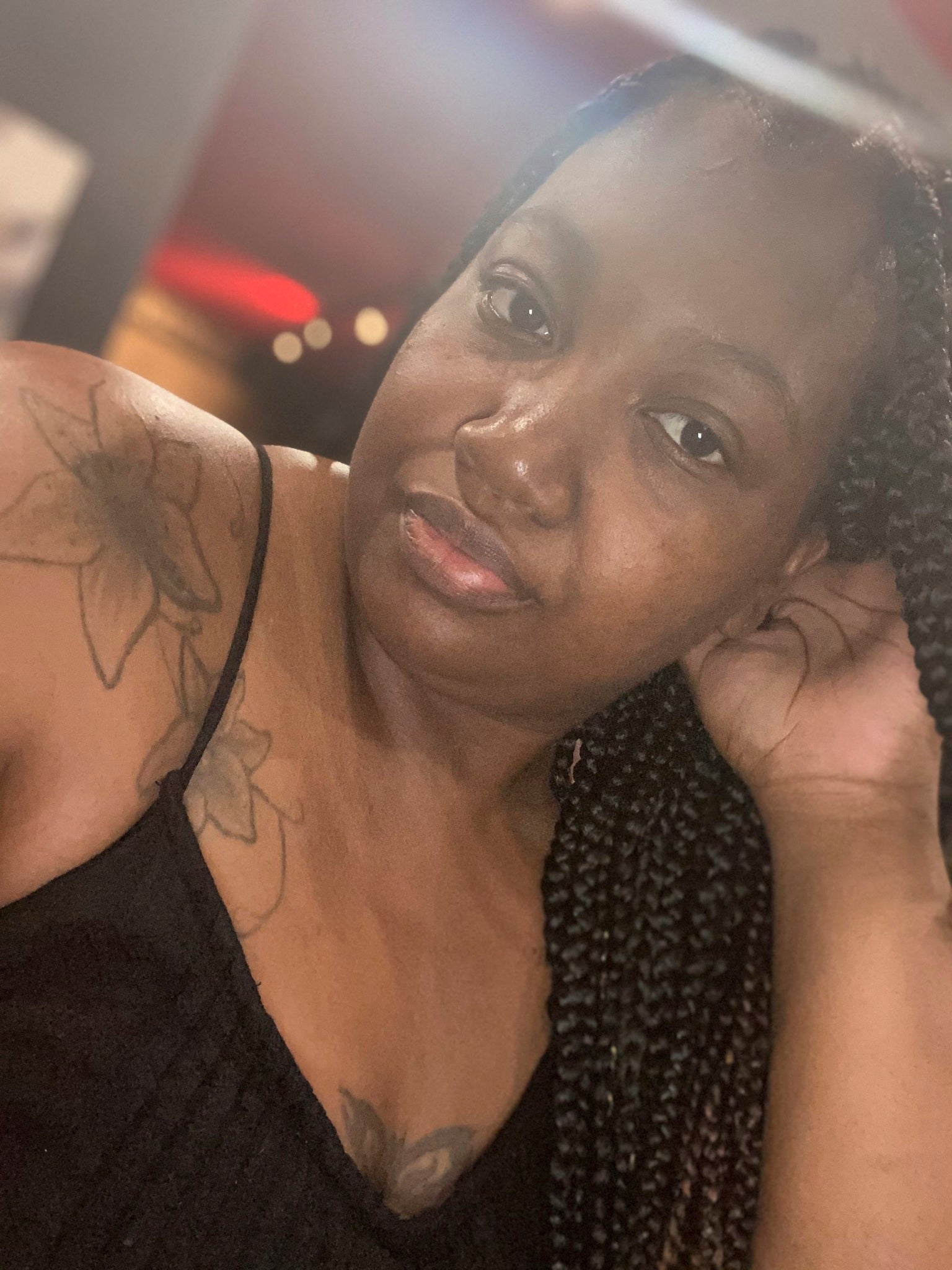Selina’s Story
Selina was diagnosed with multiple sclerosis (MS) in 2019, after she began losing the use of her legs and her sight in one eye. After a stay at BMC, long-term rehab, and a lot of hard work, Selina regained her sight and her ability to walk. Today, she is in control of her life: working two jobs, raising a son, and looking forward to a bright future, thanks to BMC.
Selina wants people to know that MS doesn’t stop her from feeling free and independent. “I always say that I don’t live with MS. MS lives with me,” she says.
Julie’s Story

Julie Baker’s journey with multiple sclerosis (MS) began in September 2007 when she woke up blind in one eye. “Three days later I had an emergency MRI that seemed to point to MS, and my diagnosis was later confirmed through a spinal tap,” she says. “I feel very fortunate to have been diagnosed so quickly.” In the years since, Julie’s MS symptoms have included problems with vision, balance, fatigue, and occasional weakness in her hands and feet. She’s also had ulcerative colitis, which resulted in the loss of her colon.
BMC has played an important role in Julie’s care right from the start. “I am incredibly thankful for the support of my MS team and associated providers,” she says. “I work with a wonderful nurse practitioner named Kerin Flanagan as well as a neurologist. I also see Dr. Crandall Peeler and other ophthalmology doctors to help me with my MS-related vision issues.”
Julie says her diagnosis has changed her perspective on life. “Before MS, I used to think of myself as invincible. Now, I realize I need to focus on what I CAN do and not what I can’t,” she says. “I focus on joy and health today and living one day at a time. I believe I am a more positive, generous, and compassionate person as a result of my diagnosis. I give myself permission to live a full creative life, something I had a harder time doing before.”
After living with MS for so many years, she’s happy to share her experience with others who have MS. “When I hear about a friend, family member, or acquaintance who has been diagnosed with MS, I always offer to talk to them,” she says. “And I tell them to talk with others who have MS, because they will understand what you are going through.”
She also advises them to seek out the many resources available to people with MS. “The National MS Society is a fabulous resource,” she says. “I really enjoy participating in their athletic events and activities. I have done the MS Challenge Walk, the Fashion Plates fashion show, and I am scheduled to do the MS Climb to the Top next month.”
Throughout her journey, Julie says if there’s one standout thing she has learned along the way, it is, “I have MS, but MS does not have me…or define me.”
Shakeeda’s Story

When Shakeeda Bartee’s hand went numb in 2020, she was initially diagnosed with carpel tunnel syndrome. She bought a hand brace and didn’t worry too much about it. Then her whole arm went numb. “I thought it would eventually subside, but it didn’t,” she says. And, when she started having numbness in other areas of her body, she went back to her doctor.
“At that point, my doctor knew it wasn’t carpel tunnel, so she sent me to neurology,” Shakeeda says. That’s where she met Kerin Flanagan, a nurse practitioner in BMC’s Multiple Sclerosis (MS) Center. “Kerin thought I might have MS, but she told me the only way to diagnose MS is to rule out everything else.”
After more tests, Shakeeda learned that she did have MS. “It’s been hard,” she says. “The numbness comes and goes, typically on the right side of my body. But since my diagnosis, I haven’t developed any other symptoms, which is a good thing.” She takes an injectable medicine to slow the progression of the disease, but she says it’s been a struggle to remember to give herself the injection three times a week. “My team is helping me switch my medication to one that I only need to take twice a year, so I’m hoping that will boost my quality of life.”
Shakeeda says that one of hardest parts about having MS is that other people don’t understand what she’s going through. “People can’t see my MS, it’s not like I’m having symptoms where I’m in a wheelchair. So, if I’m having a hard day people sometimes don’t get it.”
She says that since being diagnosed with MS she has learned the importance of advocating for herself. “You know your body better than anyone else, and it’s important to be a strong advocate for yourself. If I had just gone with my first diagnosis of carpal tunnel, I might not have found out I have MS.”
